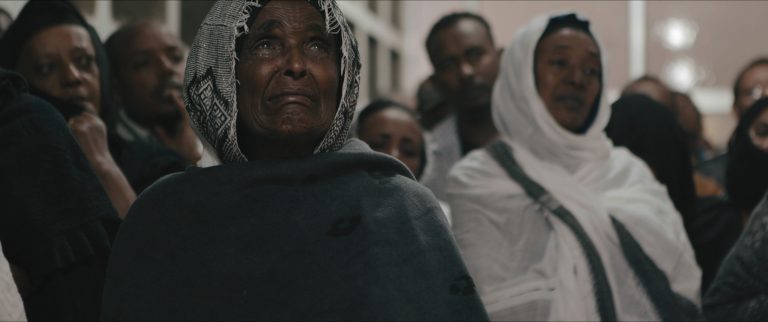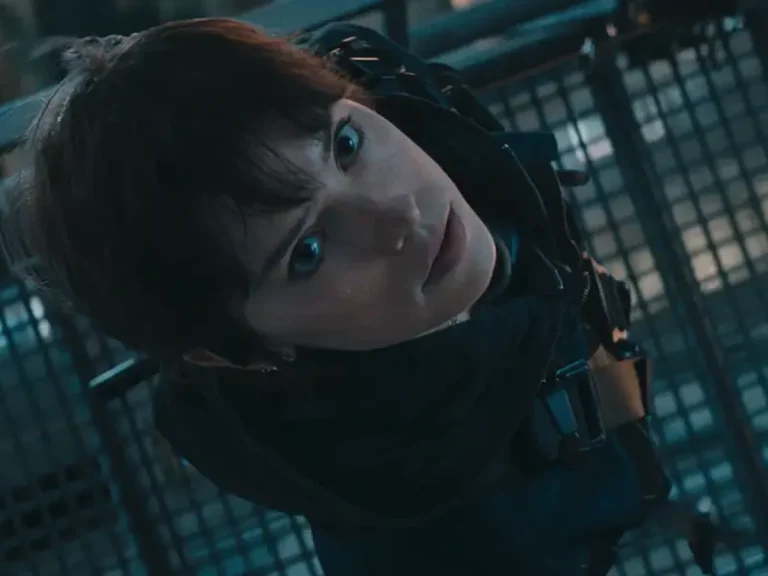With ‘The Souvenir: Part 1‘ and now ‘True Things,’ it seems that Tom Burke has the method of playing an enigmatically charming man down to a tee. He has a brooding mystery about him; he can go from acting as if he cares about Kate more than anyone in the world to seeming entirely detached. Knowing exactly what to say and when, his beguiling (a word he curiously uses to describe ‘Kate’) presence has a ghostlike quality about it in how he drifts in and out of Kate’s (Ruth Wilson) life. Yet it’s Wilson who really stands out. Playful and sensitive, she makes Kate feel like a person we have all known at some point in our life, or for that matter, have been. And despite the film’s focus on her, she remains the real enigma in film.
It is where the strength of ‘True Things’ comes from. Based on Deborah Kay Davies’s book, ‘True Things About Me,’ it’s a truly modern film. No, it doesn’t have any pretenses about trying to break the form or anything of the sort. Instead, it aims to portray how the dynamic between two irreconcilable individuals, held together by a chance discovery of something common, in this case, sexual attraction, tends to work. There’s no proper destination towards which the plot or they are steadily headed. What is clear about the film is that it’s heavily reliant on mood. Kate remains an enigma, in the same way that anyone wandering through a dreary life, led by a constant feeling of yearning, remains one to themselves.
Cinematographer Ashley Connor’s work wonderfully captures this sensation. ‘True Things’ has a visual style that can best be described as one belonging to an indie music video. Large portions of the film are shot with the camera sticking close enough to Kate to make it seem like we’re viewing things from her point of view. The extremely shallow depth of field adds to this as nothing other than what’s close to her is clearly visible, imitating her myopic perspective of life. It also makes the film appear quite impressionistic, with a dreamlike haze.
The magical turquoise of a lake. The dotted lights of the city as seen through a rain-drenched windshield. The red light in which everyone in a party is covered. Every aesthetic element of the film is nailed by those working on it. It can be the location scouts who found just the right bar for Kate’s blind date or the costume designer’s choice of the shade of red that Kate wears on a date when disaster awaits.
As stated above, the mood is essential to ‘True Things.’ Kate’s dreams and nightmares form a large portion of the film. They’re essential in that we’re dealing with an individual who isn’t exactly stable and gives all too easily into her imagination. It is what Blond (Tom Burke) is able to exploit easily. Their dynamic is defined by an animalistic passion brought out literally when the two of them are having sex in the woods.
A viscerality comes to define how desire is portrayed. It’s never downplayed, but rather, the all-consuming nature of it is something Wootliff doubles down on constantly. A defining trait of Wilson’s performance is how she never makes Kate a tragic character or, for that matter, a victim. Even at her lowest, there’s an agency that is always there in her, be it in standing up for herself or not letting herself be pitied.
An extremely honest film that’s anchored by two really strong performances, ‘True Things’ is a moving work that evades categorization, which is a positive. After all, to call it a romance would be blatantly misleading, and Kate is already an adult, so it doesn’t exactly qualify as a ‘coming-of-age’ story. It’s brimming with an indie attitude towards how the subject matter is approached, with everything having a dash of coarseness and nothing ever coming across as too refined. Director Harry Wootliff delivers exactly what the film appears to be in the first few minutes – a tale of longing and self-discovery set in an English seaside town.
Ending Explained
The ending in Spain is really an epilogue rather than the final act. Having put her life back together through her parents’ and Alison’s support, her decision to join Blond in Spain is a purgatorial one that she undertakes knowingly. When we first saw him, it was during a visit to the unemployment office where he characteristically entered the frame out of the left field, giving us a partial look at him. Seeing Blond appear in a wide shot, giving us a whole view of him, clues us into the fact that Kate now sees him as who he really is – a volatile, manipulative egomaniac.
At the party, nothing is amusing about his willingness to get naked and jump into the pool, unlike the fascination she had when she witnessed something similar at the lake earlier in the film. Leaving the party becomes a reclamation on the part of her sense of self. It also ties in with the earlier party scene where he had left her without notice, making her then leave the place helplessly, in an inebriated state. As she roams around the city on her own, happily, eventually arriving at a dance club where she feels like no one’s watching her dancing, Kate learns to stop seeking validation through another person. The humorous note she leaves for an asleep Blond, imitating what he had written to her after she frantically returned home with breakfast supplies for him, shows Kate finally embracing her playful side that she had to keep under wraps at work.

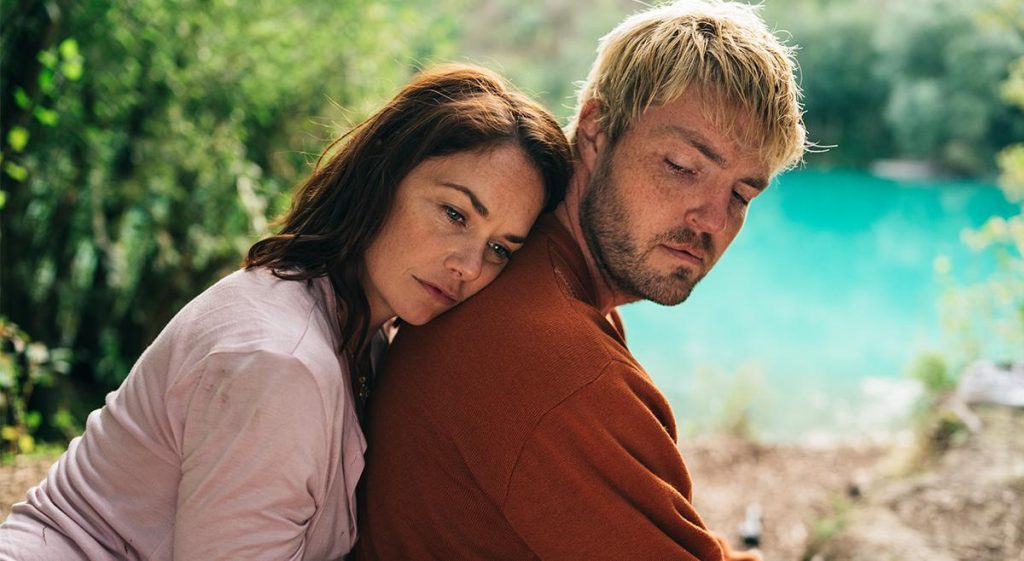
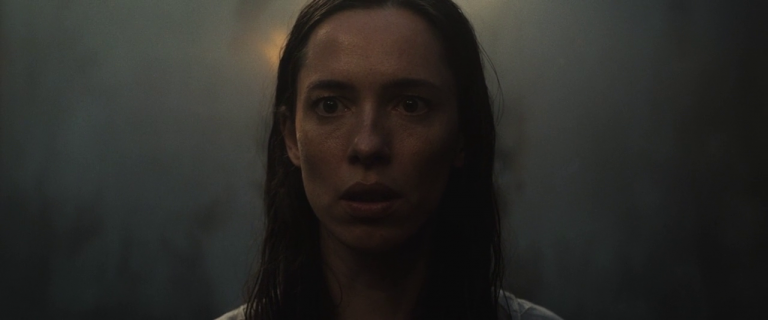

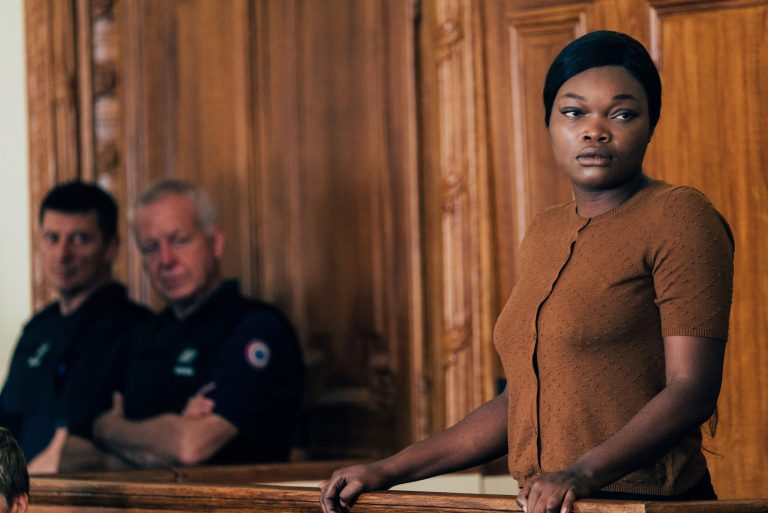
![Badlapur [2015] : An Exercise in Rage](https://79468c92.delivery.rocketcdn.me/wp-content/uploads/2017/05/327227-badlapurnew700q.jpg)
